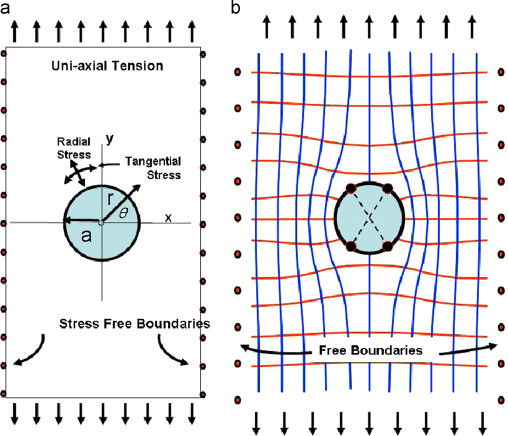What are the Basic Concepts of Structural Composites Design?
- Pravin Luthada
- Jun 22, 2022
- 3 min read
Updated: Jul 1, 2022
Designing functional, structural composites is an extremely complicated task that uses various numerical tools, with several disciplines working together in an iterative manner. In this article, the focus is on understanding the key steps in designing structural composites with examples of aerospace components; i.e. wing and fuselage.
Key Concepts
A focus on thin-walled structures made up of plies with continuous unidirectional fibers or woven fabrics, embedded in a polymer matrix
Structural composites design typically involves working with computer-aided design (CAD), computer-aided manufacturing (CAM), and computer-aided engineering CAE iteratively
Structural composite components use a large number of parameters needed to describe their mechanical properties e.g. the dimension and the location of plies, their thickness, their orientation, and the definition of the stacking sequences
The use of optimization techniques becomes essential in the design and analysis phases, especially if the fiber-reinforced materials are to be tailored to the specific needs and the benefit of their anisotropy is to be maximized
The Structural Composite Design Process
General Layout of Composite Structures
A composite structure is made up of several plies of different orientations and shapes. The plies are stacked together in defined zones. In each zone, a laminate has a given stacking sequence. As shown in the figure below, the stiffeners and ribs of the wing naturally define the zones of constant stacking sequence.

Figure 1. A wing made of composite materials
The Design Phase: CAD and Link toward CAM
The design process uses these zones as a basis for the preliminary design of the composite part. This is called a zone-based design, in which the CAD software assigns a given number of laminates i.e. defined by the total number of plies and their orientations in each zone. At this stage, it is possible to estimate the deviation of fiber orientations, and ply drops (i.e., the gradual thickness changes at the boundary of the laminates).

Figure 2. Illustration of the CAD and CAM capabilities for the design of a fuselage
The Analysis Phase: CAE Tools
The structural analysis of complex composite parts is carried out with the finite elements method. Only for simple geometries and approximated boundary conditions are analytical solutions possible. During the CAE phase, the design provided by the designer in the previous step is validated and possibly modified by the analyst. Structural integrity is checked, and design improvements are provided, the ultimate goal being to provide a correct (optimal) stacking sequence in each region of the structure. A summary of the methods used for the optimal design of structural composites is shown in the figure below.

Figure 3. Summary of the methods used for the optimal design of structural composites
Summary
The structural composite design is an extremely complicated task, aided by computers and various numerical tools. It involves several disciplines, including CAD, CAE, and CAM, in an iterative process where optimization plays a very important role. According to the large number of parameters needed to design a composite structure, optimization methods are essential to identify the optimal stacking sequences, which is the ultimate goal of the design process. The ultimate solution procedure should address the problem at the CAD–CAE–CAM levels simultaneously, in order to provide light and safe designs that are ready to be used in manufacturing.

Figure 4. Open-access AddPath's interface on the laptop
To support the structural composites design, download open access to the 3D Composites Manufacturing Software - AddPath. The open-access platform enables the development of composites digitalization for students, researchers, academia, and SMEs alike. It's really easy to start using it and create programs and perform simulations for AFP on personal or work computers.
About Addcomposites
Addcomposites is the provider of the Automated Fiber Placement (AFP) ecosystem - including the Fiber Placement System (AFP-XS), 3D Simulation and Programming Software (AddPath), and Robotic Cells (AddCell). With the leasing program for the AFP system (AFPnext), composites manufacturers can work with thermosets, thermoplastics, dry fiber placement, or in combination with 3D Printers on a monthly basis.
Sources
Subscribe to our newsletter and get our guidebook - "Composites Manufacturing Methods: An Ultimate Guide for 2022"





Comments